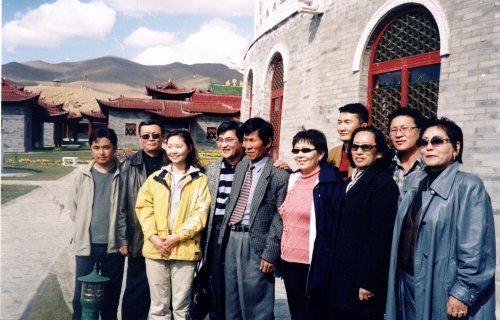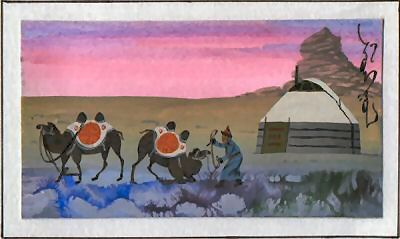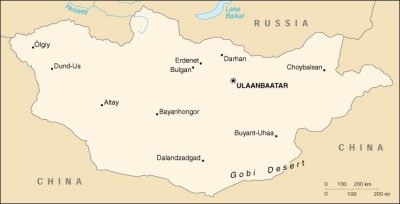
Mongolia
2003 - 2007, 2010
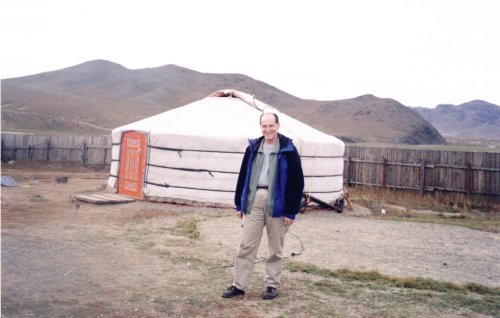
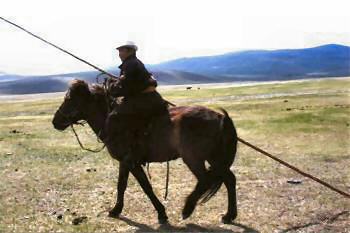
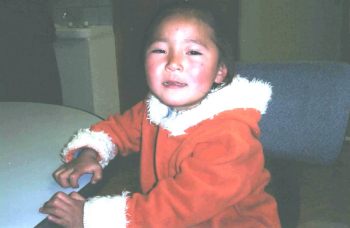


| Location: | Northern Asia, between
China and Russia 46 00 N, 105 00 E |
| Population: | 2,654,999 (July 2001 est.) |
| Area: | total: 1.565
million sq km land: 1.565 million sq km water: 0 sq km slightly smaller than Alaska |
| Climate: | desert; continental (large daily and seasonal temperature ranges) |
| Terrain: | vast semidesert and desert plains, grassy steppe, mountains in west and southwest; Gobi Desert in south-central |
| Elevation: | lowest point: Hoh
Nuur 518 m highest point: Nayramadlin Orgil (Huyten Orgil) 4,374 m |
| Natural resources: | oil, coal, copper, molybdenum, tungsten, phosphates, tin, nickel, zinc, wolfram, fluorspar, gold, silver, iron, phosphate |
